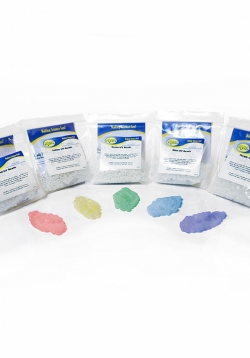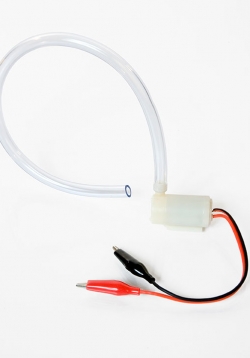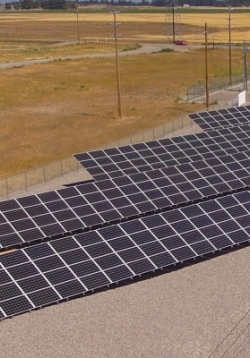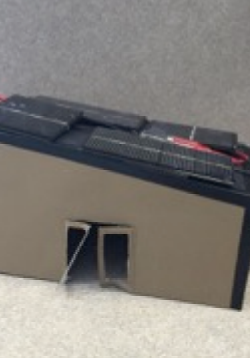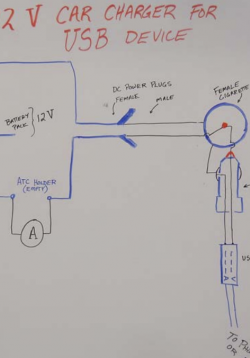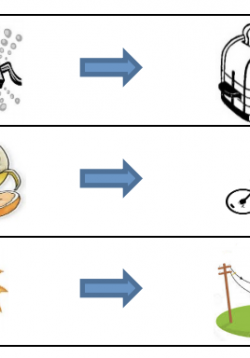Hypothesizing Why Solar Beads Change Color
The purpose of this activity is to introduce the idea that sunlight is energy and that this energy can be absorbed, converted into heat, or even cause a chemical reaction to occur. This lesson is also an introduction to the process of science, involving...
Exploring Solar Powered Water Pumps
Students explore with a solar cell and a pump to discover how to make the pump run. They will hypothesize and informally test whether they can make the pump run faster or slower.
Using Multiple Solar Modules
Students first explore with 0.5 Volt solar cells to see whether adding cells to a circuit increases the amount of water pumped by a small pump. They are introduced to parallel and series wiring. They then design and carry out a formal experiment to test...
Mini Solar Houses Unit
In Lesson 1, the lesson focuses on understanding how the angle and orientation affect the amount of energy that is generated through use of a solar cell. Paper azimuth finders, Keva Planks, and multimeters will be used in order for students to draw...
Activities and Assessment of Vocab and Units
This lesson is intended as a way to check for student understanding regarding the content presented in the previous lesson of this unit. The assessment takes place in two parts: a written assessment of content-related vocabulary and concepts as well as a...
Our Place in Space: Cosmic Rays
NOTE: SUN PHOTOMETER SUMULATOR AT CAS.HAMPTONU.EDU SEEMS TO BE NO LONGER AVAILABLE.
Using a map of school buildings, students will pick four areas to monitor over the year using wireless weather stations and the Solar Power Meter. In a following...
Our Place in Space: Cosmic Ray Detector
The students will be introduced to solar radiation with an activity centered on using a cloud chamber to visualize cosmic rays.
What is Energy?
Students will gain an understanding of the fundamentals of energy through observing a variety of energy transformations and develop a foundational vocabulary for identifying and discussing energy concepts. Students will make observations about how energy...
What is Energy Transfer?
Students will continue to build an understanding of the fundamentals of energy through observing and describing a variety of energy transformations and build on their foundational vocabulary for identifying and discussing energy concepts. In this stage of...
What is Force?
Students will build a barge out of tin foil and describe the forces acting it. The barge itself is designed only with the constraints that passengers within the barge will not get wet, allowing for students to experiment with different shapes and...

